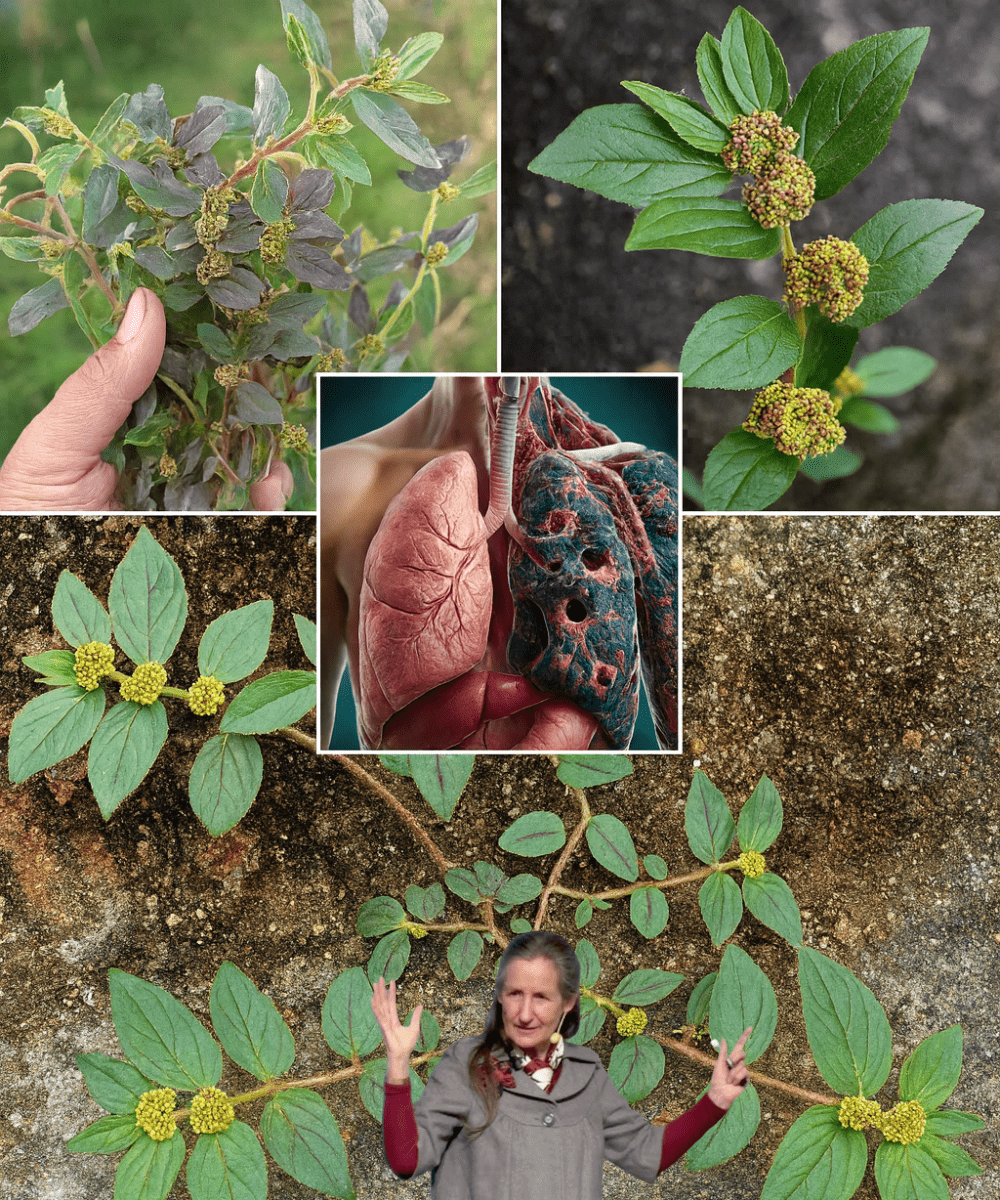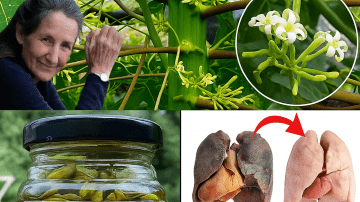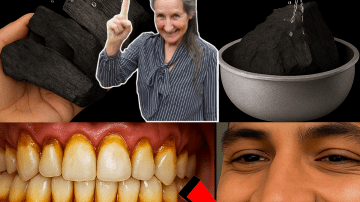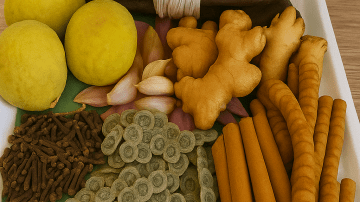🌿 The Wildflower with Ancient Secrets: Why This Herb Demands Your Respect and Caution
Walk along tropical and subtropical roadsides, and you might encounter a small, persistent plant known as Euphorbia hirta—or by its common, medicinal names: Asthma-plant or Snakeweed. This resilient herb is not a simple weed; it is a treasure trove of flavonoids, polyphenols, and bioactive compounds that have made it an indispensable component of traditional medicine in Africa and Asia for centuries.

The therapeutic profile of Euphorbia hirta is astonishingly broad, offering natural support for nearly every system in the body—from easing respiratory distress to managing painful skin conditions. However, its immense power is a double-edged sword. As a member of a plant family where some species are toxic, professional supervision and knowledge of safe usage are non-negotiable for internal consumption.
This comprehensive guide unveils the 30 transformative benefits associated with Euphorbia hirta and, crucially, provides the exact safety protocols needed to harness its potential responsibly.
🔬 The Science of Versatility: Euphorbia Hirta‘s Core Actions
The broad medicinal effect of Euphorbia hirta stems from its compounds that synergistically influence three key biological areas:
- Anti-Inflammatory Modulator: Specific flavonoids work to suppress inflammatory pathways, calming the body’s overactive responses that lead to swelling and chronic disease symptoms.
- Broad-Spectrum Antimicrobial: Extracts exhibit tested efficacy against a range of bacteria and fungi, making it a versatile natural agent for defense.
- Diuretic and Expectorant: It supports the body’s natural cleansing mechanisms by promoting the expulsion of fluids (urine) and mucus (phlegm).
✨ The 30 Health Benefits: A Systemic Approach to Wellness
The expansive benefits of Euphorbia hirta are categorized by the body system they support, highlighting its profound versatility.
Part 1: Respiratory and Systemic Cleansing
- Supports Respiratory Health: Used traditionally to relieve asthma symptoms by helping to gently open and relax airways.
- Relieves Persistent Cough: Provides a soothing, antispasmodic effect to alleviate irritation from dry or persistent coughs.
- Eases Bronchitis Symptoms: Its anti-inflammatory properties reduce bronchial swelling and irritation associated with bronchitis.
- Helps with UTIs: The plant possesses diuretic properties that help flush out infections from the urinary tract when consumed in small, moderated doses.
- Reduces Fever: Traditionally used to help lower body temperature through internal decoction or external compress application.
- Boosts Immunity: Regular use supports the immune system, helping the body effectively fend off infections.
- Combats Seasonal Allergies: Its anti-inflammatory components may help calm systemic allergic responses like those seen in hay fever.
Part 2: Digestive Health and Microbial Defense
- Improves General Digestion: Helps soothe indigestion, reduces bloating, and promotes a healthier digestive environment.
- Relieves Diarrhea: Known for its astringent and antimicrobial properties, traditionally consumed to reduce and treat diarrhea.
- Treats Dysentery: Used traditionally to address bacterial infections of the intestines due to its potent antimicrobial qualities.
- Soothes Stomach Ulcers: Compounds may help protect the stomach lining and support the healing of ulcers when consumed as a mild tea.
- Combats Parasites: Known for its antiparasitic effects, used under expert supervision to treat intestinal worms.
- Supports Bowel Movements: Gently encourages healthy intestinal function, aiding in relieving constipation.

Part 3: Skin and Topical Healing
- Promotes Wound Healing: The crushed leaves are applied topically as a poultice to speed up healing and reduce swelling in minor cuts and sores.
- Treats Skin Infections: Its antibacterial and antifungal properties make it effective against microbial skin issues, including rashes and fungal growths.
- Reduces Acne Inflammation: Topical application of a diluted extract can calm the redness and inflammation associated with acne flare-ups.
- Manages Eczema: Provides relief from the intense itching and irritation that accompanies eczema flare-ups.
- Controls Dandruff: A mild rinse made from the herb can help reduce dandruff and maintain a healthier scalp environment.
Part 4: Structural, Hormonal, and Systemic Balance
- Reduces Anxiety: Some traditional uses point to a calming effect on the nervous system, helping to alleviate stress.
- Relieves Joint Pain: A poultice made from the leaves can be applied externally to swollen joints for relief from pain and inflammation.
- Manages Diabetes: Research suggests a potential role in regulating blood sugar levels. (Requires professional supervision due to strong effects.)
- Supports Heart Health: Compounds may help improve circulation and reduce cholesterol levels.
- Reduces Menstrual Cramps: The tea may help ease the pain and discomfort of menstrual cramps by relaxing muscles.
- Balances Hormones: As a traditional herbal tonic, it may be used to support hormonal equilibrium.
- Improves Lactation: Traditionally used to support milk production in nursing mothers. (CRITICAL: Must be used only with the guidance of a healthcare professional.)
- Treats Toothache: Chewing a small piece of the leaf or applying its juice may temporarily numb tooth pain.
- Combats Mouth Ulcers: A mild decoction can be used as a mouth rinse to soothe ulcers and promote healing.
- Antioxidant Protection: Rich in flavonoids, providing systemic defense against oxidative stress.
- Supports Eye Health: Historically used topically to soothe minor eye sores.
- Acts as an Antidote: Traditional use as a topical antidote for snakebites and scorpion stings (a claim that should never be relied upon without modern medical help).
🛑 CRITICAL SAFETY GUIDE: How to Use Euphorbia Hirta Safely
Due to its potent nature and association with the Euphorbia plant family (some of which are highly toxic), professional consultation and external-only use are highly recommended.
Topical Use (Preferred Safe Method):
- Poultice: Gather fresh leaves, wash them thoroughly, crush them to release juices, and apply directly to minor wounds, rashes, or painful joints. Cover with a bandage or warm cloth.
- Infusion/Rinse: Boil leaves in water to create a decoction, cool it, strain it, and use it as a rinse for the scalp, skin, or as a mouthwash (gargle).
🚨 CRITICAL WARNINGS (Do Not Ignore):
- Internal Ingestion: NEVER take Euphorbia hirta by mouth unless under the direct guidance of a licensed, clinical herbalist or physician. The effects can be powerful and potentially toxic if used incorrectly.
- Latex Irritation: The plant exudes a milky sap (latex) when broken. This sap can be a skin irritant or cause allergic reactions. Handle the plant with care.
- Pregnancy/Breastfeeding: AVOID this herb internally during pregnancy and breastfeeding due to its potent systemic effects on hormones and lactation.
- Medication Interaction: If you are taking medication for diabetes, heart conditions, or blood pressure, consult your doctor first, as this herb may lower blood sugar and blood pressure.
🌟 Final Thoughts: Respect the Power of Nature
Euphorbia hirta offers a profound peek into the efficacy of traditional plant-based medicine. Its 30 traditional benefits make it a fascinating study in natural healing versatility.
By respecting its potent nature and prioritizing safe, topical application, you can safely embrace this ancient wisdom. Will you learn to harness the healing power of the Asthma-plant today, always with professional guidance?






